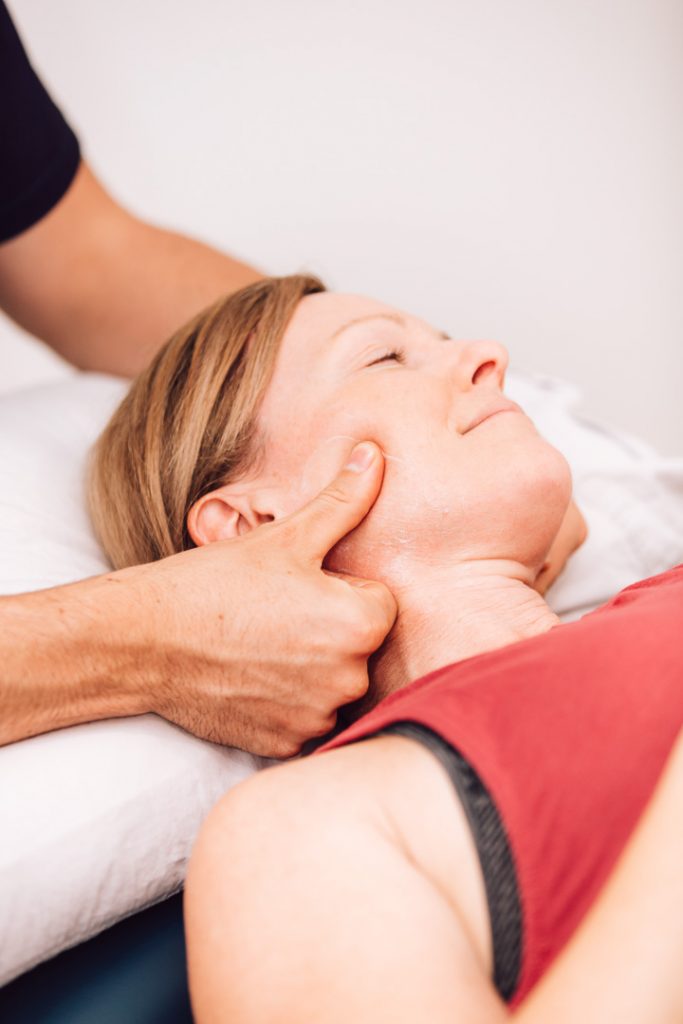Do you suffer from headaches?
Primary headache is common with reported lifetime incidence of 96% and point prevalence of 16%. Symptom behaviour can often be episodic or persistent (1).
Noxious afferent input from upper cervical spine dysfunction can be, and often is, a primary contributor to migraine and headache.
Upper cervical spine dysfunction at times is an isolated condition but commonly is in the context of more widespread musculoskeletal issues affecting the shoulder girdle, cervico-thoracic spine or further.
It is common for migraine, headache and TMJ presentations to have comorbidities and lifestyle factors. Mental health, vestibular, rheumatological and chronic pain disorders are considered. In addition, sleep issues, fatigue conditions, medications, psychosocial factors, diet and supplements, exercise and physical activity affect clinical presentation and clinical management.
Brendan Clark has been interested in the management of such conditions now for over 15 years including further training in treatment of headache, migraine, TMJ and vestibular conditions. Brendan understands that quality management of these challenging conditions requires thorough assessment and a wholistic approach delivered with respect and care. Complex conditions require a knowledge of scope of practice and a multi-disciplinary team. Brendan is proud to be a part of a network of practitioners that work together to achieve optimal outcomes for each individual.

We are here to help headache sufferers
It is our experience that patients with chronic headache pain are not fully informed on the course of management for their issue. Here we provide you with some useful links and information about the different types of headache and the options available for their management.
Useful Links on headaches management & tmj disorders
Our blog for TMJ information and tips
https://www.pogophysio.com.au/blog/jaw-pain-understanding-the-tmj/
https://choose.physio/your-body/head/headache
https://choose.physio/your-body/neck/neck-related-cervicogenic-headache

References:
- Rasmussen BK, Jensen R, Schroll M, Olesen J. Epidemiology of headache in a general population—a prevalence study. Journal of Clinical Epidemiology 1991;44:1147–57.

